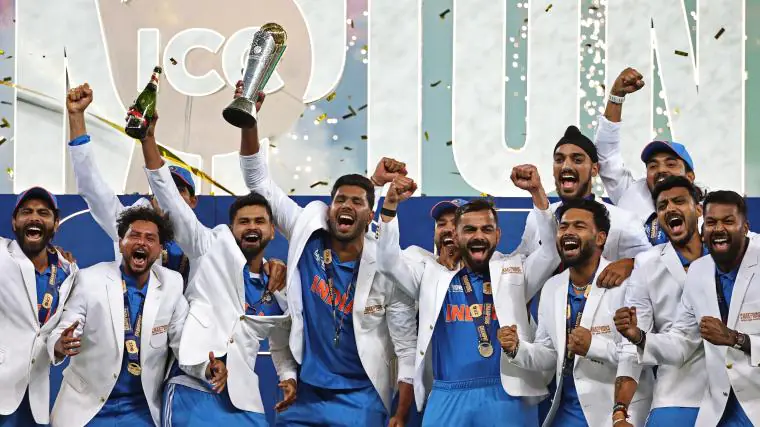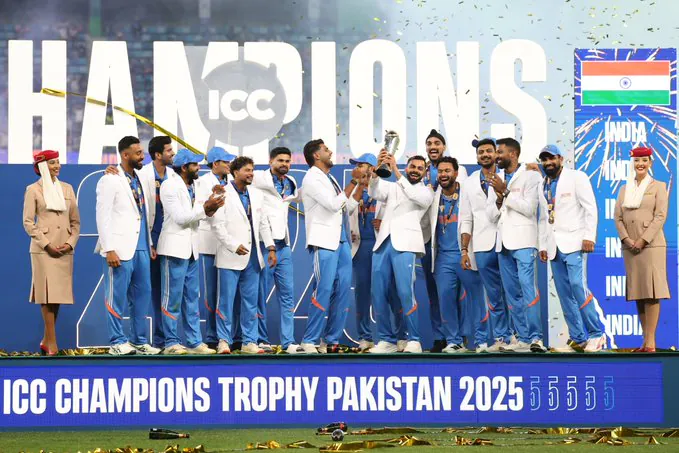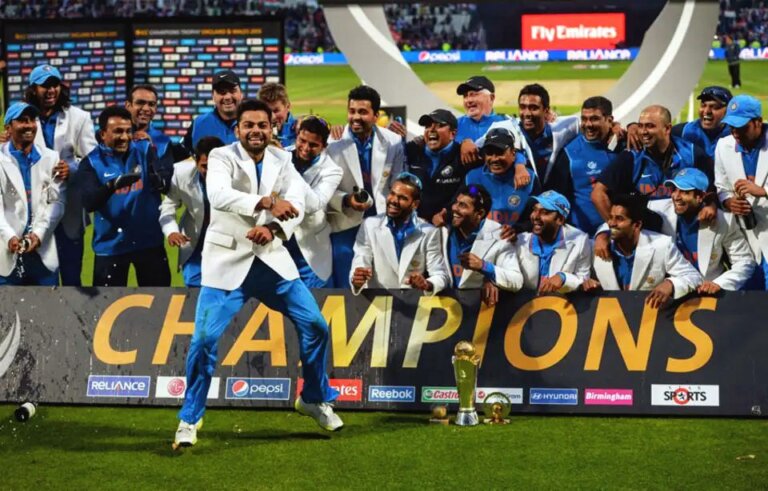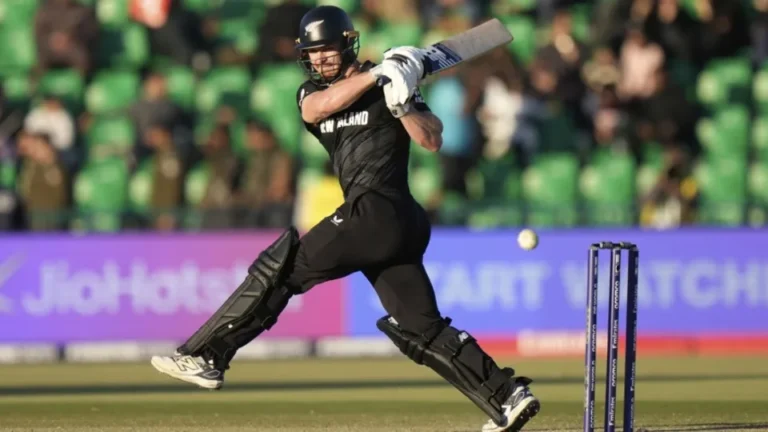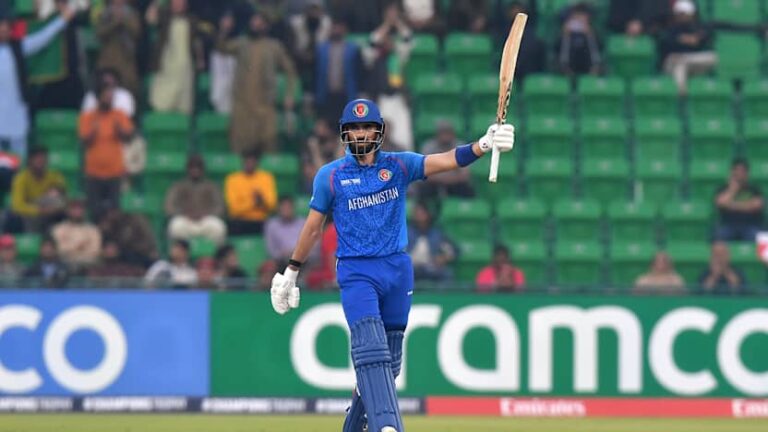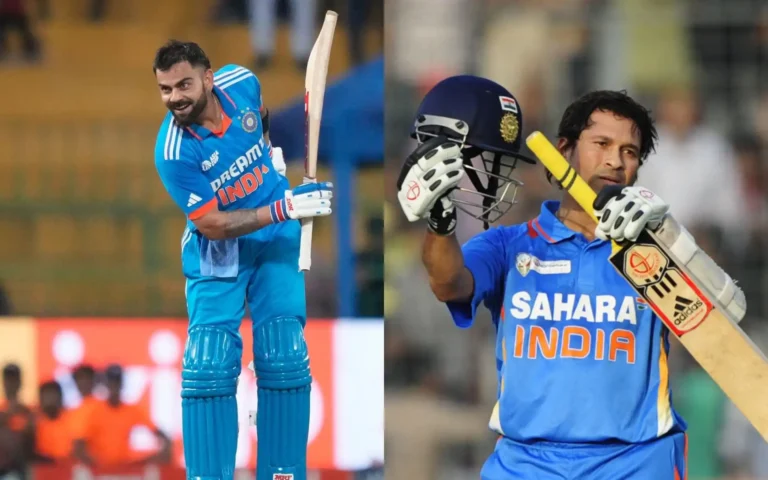
| Player | Overs | Mdns | Runs | Wkts | Econ | Team | Opposition | Ground |
|---|---|---|---|---|---|---|---|---|
| WPUJC Vaas | 1.0 | 1 | – | – | 0.00 | Sri Lanka | v India | Colombo (RPS) |
| ST Jayasuriya | 4.0 | 2 | 3 | – | 0.75 | Sri Lanka | v Zimbabwe | Ahmedabad |
| M Muralidaran | 10.0 | 4 | 9 | – | 0.90 | Sri Lanka | v West Indies | Nairobi (Gym) |
| CH Gayle | 3.1 | 1 | 3 | 3 | 0.94 | West Indies | v Zimbabwe | Ahmedabad |
| WPUJC Vaas | 6.0 | 2 | 6 | 2 | 1.00 | Sri Lanka | v West Indies | Brabourne |
| RO Hinds | 1.0 | – | 1 | – | 1.00 | West Indies | v Pakistan | Southampton |
| JWM Dalrymple | 4.0 | – | 5 | 2 | 1.25 | England | v India | Jaipur |
| DM Benkenstein | 3.5 | 1 | 5 | 3 | 1.30 | South Africa | v Kenya | Colombo (RPS) |
| DL Vettori | 10.0 | 3 | 14 | 3 | 1.40 | New Zealand | v U.S.A. | The Oval |
| DJ Bravo | 10.0 | 1 | 14 | 3 | 1.40 | West Indies | v Bangladesh | Jaipur |
| HDPK Dharmasena | 9.0 | 3 | 14 | 2 | 1.55 | Sri Lanka | v Netherlands | Colombo (RPS) |
| MF Maharoof | 9.0 | 2 | 14 | 6 | 1.55 | Sri Lanka | v West Indies | Brabourne |
| PA de Silva | 10.0 | 2 | 16 | 1 | 1.60 | Sri Lanka | v Australia | Colombo (RPS) |
| WPUJC Vaas | 10.0 | 3 | 16 | 2 | 1.60 | Sri Lanka | v South Africa | Ahmedabad |
| SM Pollock | 6.0 | 2 | 10 | 1 | 1.66 | South Africa | v Kenya | Colombo (RPS) |
| DL Vettori | 1.1 | – | 2 | 1 | 1.71 | New Zealand | v England | Johannesburg |
| Shoaib Akhtar | 8.0 | 3 | 14 | 1 | 1.75 | Pakistan | v Netherlands | Colombo (SSC) |
| Harbhajan Singh | 8.0 | 2 | 14 | 2 | 1.75 | India | v West Indies | Johannesburg |
| JM Anderson | 8.0 | 1 | 14 | 2 | 1.75 | England | v South Africa | The Oval |
| Shahid Afridi | 10.0 | 3 | 18 | 3 | 1.80 | Pakistan | v Netherlands | Colombo (SSC) |
| Mohammad Sami | 10.0 | 1 | 18 | 1 | 1.80 | Pakistan | v Netherlands | Colombo (SSC) |
| Shakib Al Hasan | 10.0 | 1 | 18 | 3 | 1.80 | Bangladesh | v Zimbabwe | Jaipur |
| MH Yardy | 10.0 | 1 | 18 | – | 1.80 | England | v Australia | Jaipur |
| Abdur Razzak | 6.4 | 2 | 12 | 2 | 1.80 | Bangladesh | v Zimbabwe | Jaipur |
| MN Samuels | 5.0 | – | 9 | – | 1.80 | West Indies | v Australia | Brabourne |
| WPUJC Vaas | 6.0 | 2 | 11 | 1 | 1.83 | Sri Lanka | v Netherlands | Colombo (RPS) |
| A Flintoff | 6.0 | 1 | 11 | 3 | 1.83 | England | v Zimbabwe | Birmingham |
| IK Pathan | 6.0 | 1 | 11 | 2 | 1.83 | India | v Kenya | Southampton |
| Shahid Afridi | 6.0 | 1 | 11 | 5 | 1.83 | Pakistan | v Kenya | Birmingham |
| TM Dilshan | 6.3 | 1 | 12 | 1 | 1.84 | Sri Lanka | v New Zealand | Cardiff |
| DNT Zoysa | 10.0 | 2 | 19 | 3 | 1.90 | Sri Lanka | v Zimbabwe | The Oval |
| MF Maharoof | 10.0 | 1 | 19 | 1 | 1.90 | Sri Lanka | v England | Southampton |
| KD Mills | 10.0 | 2 | 19 | 1 | 1.90 | New Zealand | v England | Johannesburg |
| PT Collins | 9.1 | 4 | 18 | 3 | 1.96 | West Indies | v Kenya | Colombo (SSC) |
| JN Gillespie | 10.0 | 1 | 20 | 1 | 2.00 | Australia | v Zimbabwe | Johannesburg |
The ICC Champions Trophy, a prestigious international cricket tournament, has witnessed many outstanding performances with bowlers setting incredible economy rate records. The economy rate is a crucial metric that shows how many runs a bowler concedes per over. A lower economy rate generally reflects better control over the game, making these performances even more memorable. Here are some of the best economy rates achieved in the tournament’s history.
WPUJC Vaas: Unmatched Control with 0.00 Economy
WPUJC Vaas from Sri Lanka set an unbreakable record during the ICC Champions Trophy. On September 29, 2002, he delivered an incredible performance, finishing with an economy rate of 0.00 against India in Colombo. Vaas bowled a full 1.0 over, conceding no runs, which remains one of the most remarkable feats in ODI cricket.
This performance is a rare example of a bowler maintaining complete dominance over the opposition without allowing a single run. His ability to control the game from the very first ball left an unforgettable mark. Vaas’ exceptional bowling performance exemplifies a level of accuracy and discipline that most bowlers can only dream of.
Top Performances from Sri Lankan and West Indian Bowlers
Sri Lanka has been a consistent producer of great bowlers, and their performances in the ICC Champions Trophy reflect this. Players like WPUJC Vaas, M Muralidaran, and MF Maharoof have made multiple appearances with excellent economy rates. For example, Vaas’ performance against the West Indies on October 14, 2006, featured an economy rate of just 1.00 after bowling 6 overs, taking 2 wickets.
Similarly, West Indian bowlers have had some exceptional games. Chris Gayle delivered a strong performance against Zimbabwe on October 8, 2006, where his economy rate was 0.94. This shows how West Indian bowlers like Gayle have been effective at stifling runs and putting pressure on the batsmen during key moments in matches.
Iconic Bowlers: M Muralidaran and Shahid Afridi
M Muralidaran also made his mark with a fantastic spell in Nairobi on October 4, 2000. His 10 overs against West Indies yielded just 9 runs, giving him an economy rate of 0.90. This performance ranks as one of the best in the history of ICC tournaments and highlights his control over the ball and ability to frustrate the batsmen.
Pakistan’s Shahid Afridi also had a memorable performance in the 2002 Champions Trophy. His performance against Netherlands on September 21, 2002, showed his ability to restrict runs while also picking up wickets. Afridi’s economy rate of 1.80 from 10 overs, while claiming 3 wickets, stands as a testament to his all-round cricketing ability.
Bowlers Who Excelled in Tight Matches
In close contests, bowlers like Shakib Al Hasan and Harbhajan Singh have delivered performances that helped their teams in crucial situations. Shakib’s economy rate of 1.80 in a match against Zimbabwe on October 13, 2006, was key to Bangladesh’s success. Harbhajan Singh also showed his mettle with an economy rate of 1.75 against West Indies on September 30, 2009, keeping his team in contention.
These performances not only highlight the importance of economical bowling but also demonstrate how bowlers can influence the outcome of the match by keeping the runs in check. Their contributions were invaluable in ensuring their teams’ chances of success in tight games.
Best Bowling Economies: Contributions Across Different Teams
The diversity of teams represented in the ICC Champions Trophy has also brought forward many memorable bowling performances. From South Africa’s SM Pollock, with his economy rate of 1.66 against Kenya on September 20, 2002, to Australia’s B Kumar, who achieved an economy rate of 2.00 against Sri Lanka in 2013, bowlers from all teams have left their mark. These performances not only showcase individual skill but also underscore the crucial role of a bowler in keeping their team competitive.
Economy rate performances like these are not just about restricting runs; they often turn the tide of matches by applying pressure on the batting side. A bowler who can maintain a low economy rate throughout an innings plays a crucial role in the outcome of the game.
Notable Mentions and Best Performances in Recent Years
The ICC Champions Trophy has seen many bowlers maintain remarkable economy rates in recent years. Players like Chris Woakes from England and Imad Wasim from Pakistan have consistently shown their skills in restricting runs. Woakes’ performance against Bangladesh in 2017 had an economy rate of 2.00, while Imad Wasim’s 8 overs against South Africa saw him maintain an economy rate of 2.50.
These performances remind us that even in modern cricket, where high-scoring games are common, bowlers still have the ability to control the game. The ability to bowl at a low economy rate is still one of the most valued skills in cricket.
Check out the Champions Trophy Stats
